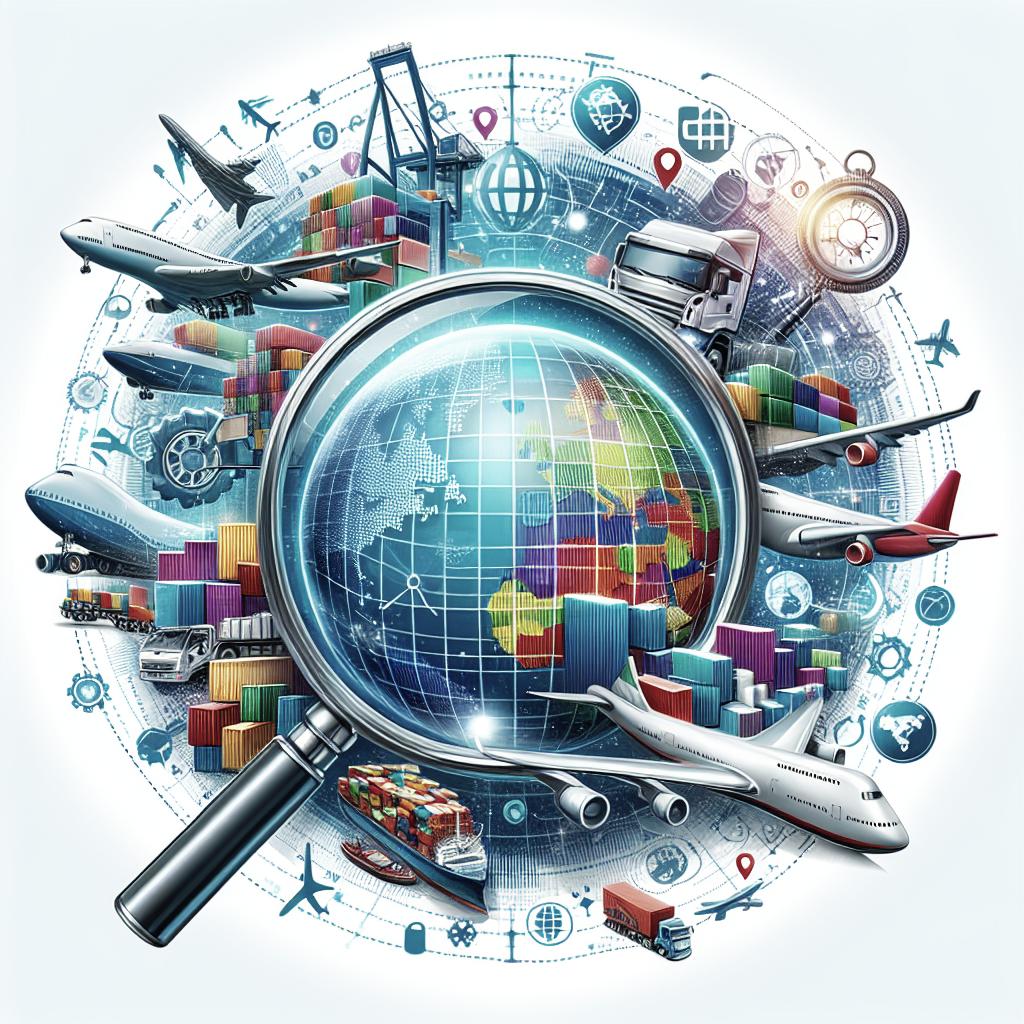Transparency in Global Trade
Transparency in global trade has emerged as a pivotal topic in the modern economic landscape. With globalization continuing to expand, the need for clear, open, and accessible trade policies has become more critical than ever. This blog post will explore the significance of transparency in global trade by discussing related projects, examining the tools that facilitate right navigation in trade, and considering stories from the field. We will also delve into the topic of transparency in detail, exploring its implications and the way it shapes international commerce. Finally, we’ll provide some keywords that are essential to understanding the nuances of this subject and summarize the discussion in an easy-to-digest table format.
Related Project
Several initiatives worldwide strive to enhance transparency in global trade. These projects focus on eliminating trade barriers, simplifying customs procedures, and improving the availability of trade-related information. Among these, the Trade Facilitation Agreement (TFA) under the World Trade Organization (WTO) is noteworthy. It aims to expedite the movement, release, and clearance of goods across borders, thereby ensuring transparency in trade processes.
Another significant project is the International Trade Centre’s Global Transparency Initiative, which provides developing countries with tools to increase transparency. By offering training programs and informational resources, this initiative helps these countries build more transparent trade environments, thus improving their integration into the global economy.
Right Navigation
The right navigation in global trade involves the strategic use of digital platforms and databases that offer real-time data on trade activities. Technology acts as a linchpin in this endeavor, granting businesses access to essential trade statistics and reports. Platforms like the Global Trade Atlas or TradeMap provide comprehensive insights into trade flows, market trends, and international tariffs. These tools empower companies to make informed decisions by navigating the complex labyrinth of global trade regulations seamlessly.
Furthermore, blockchain technology is revolutionizing the transparency of supply chains, one of the key components of trade navigation. By decentralizing and securing data, blockchain ensures that all parties involved have access to the same unaltered information, thereby enhancing both traceability and trust.
Related
Transparency is intrinsically linked to factors such as accountability, anti-corruption measures, and fair competition in global trade. By fostering open information exchange, transparency helps mitigate corruption and promotes ethical business practices. This, in turn, levels the playing field for businesses of all sizes, encouraging innovation and fair competition on a global scale.
In addition to supporting a fair competitive environment, transparency aids consumers and stakeholders by providing a clear understanding of product origins and supply chains. This knowledge, driven by a demand for sustainability, has prompted companies to adopt more transparent practices, further influencing global trade dynamics.
Keywords
To better understand the complexities of transparency in global trade, familiarizing oneself with certain keywords can be invaluable. Terms such as “trade facilitation”, “supply chain transparency”, and “digital trade platforms” frequently arise in discussions around this topic.
Moreover, understanding concepts like “blockchain”, “tariff barriers”, and “non-tariff barriers” is paramount for anyone engaged in or studying global trade. These terms not only enhance comprehension but also help stakeholders engage in more meaningful dialogues regarding international commerce.
Stories
Stories from businesses that have successfully navigated the intricacies of global trade transparency offer invaluable insights. Consider the example of a small apparel company in Bangladesh that utilized blockchain to trace cotton supplies and ensure ethical sourcing. The company’s story underscores how transparency can enhance consumer trust and open new markets.
Another notable story comes from a tech startup in South America that developed an app leveraging trade data to help local farmers access international markets. This initiative demonstrates how transparency-driven solutions can create opportunities in traditionally underserved regions.
Topic
At the heart of the conversation around transparency in global trade is the concept of promoting trust and equity among trading partners. Transparency reduces information asymmetry, thus ensuring that all parties are on the same footing. This is particularly crucial in developing countries, where information gaps can be more pronounced.
Additionally, transparency is pivotal in enforcing international trade agreements and compliance measures. By enabling clear documentation and communication of trade operations, transparency supports a smoother resolution of disputes and the strengthening of global trade frameworks.
Final Thoughts
| Section | Summary |
|---|---|
| Related Project | Key initiatives like the WTO’s TFA and the Global Transparency Initiative aim to enhance trade transparency through simplified processes and information accessibility. |
| Right Navigation | Utilization of digital platforms and blockchain technology facilitates real-time access to trade data, enhancing decision-making and efficiency in trade practices. |
| Related | Transparency is linked to accountability, anti-corruption, and promotes fair competition while supporting sustainable and ethical business practices. |
| Keywords | Familiar key terms include trade facilitation, supply chain transparency, blockchain, tariff barriers, and digital trade platforms. |
| Stories | Real-world examples showcase how companies leverage transparency to boost consumer trust and market access, emphasizing its value in global trade. |
| Topic | The essence of transparency promotes trust, reduces information asymmetry, and reinforces compliance in international trade agreements. |


